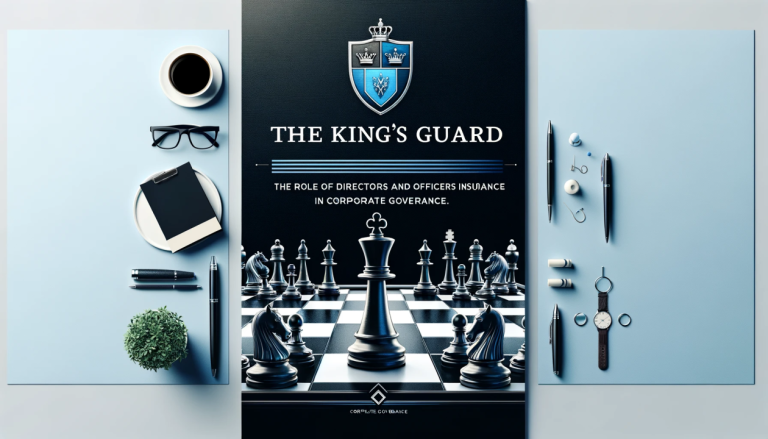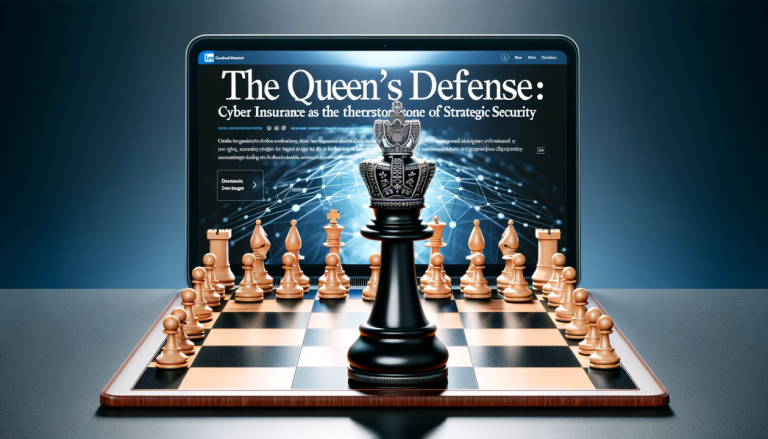Tech E&O insurance (professional liability for tech)
Tech Errors and Omissions insurance is focused on mistakes or failures in your technology products or services that cause financial harm to a client or customer. In other words, if your company’s error leads to a client’s loss, Tech E&O is the policy that responds. For example, if a software firm delivers an application with a critical bug that crashes a client’s e-commerce site, the client could sue for the revenue lost during the downtime. Tech E&O insurance would cover the software firm’s legal defense and any settlement or judgment, because the claim arises from the firm’s own professional error.
Tech E&O is essentially a specialized professional liability policy: it covers lawsuits alleging negligence, inadequate work, missed deadlines, or unmet specifications in the tech services or products you provided. Coverage is typically third-party, meaning it pays for claims made by clients or users who were harmed by your product or service not performing as promised.
Cyber insurance (coverage for data breaches and cyberattacks)
Cyber liability insurance, on the other hand, is focused on external threats and incidents that affect your company’s own network, data, and operations. It helps protect your business if you are the victim of a cyberattack or data breach. For instance, if hackers break into your systems and steal sensitive customer information or deploy ransomware that locks up your data, a cyber insurance policy will help cover the costs of responding to that incident. This can include expenses like forensic investigations, customer notification and credit monitoring for affected individuals, data recovery efforts, hiring a PR firm to manage reputational damage, paying a ransom demand (if applicable), and even the loss of income if your business operations are interrupted due to the incident.
Cyber insurance also often provides third-party liability coverage related to a breach; for example, if customer data is compromised and those customers or regulators take action against your company for failing to protect it, a cyber policy can cover legal fees, settlements, or regulatory fines. In summary, cyber insurance is about handling the fallout from cyber crimes (like hacking, malware, or data theft) that target your infrastructure or information.
Key differences between tech E&O and cyber insurance
- Cause of the issue: The main distinction is what triggers each policy. Tech E&O is triggered by an error or failure in your own performance or product – essentially, you did (or didn’t do) something in your professional capacity that caused harm. Cyber insurance is triggered by a malicious attack or security breach – an outside party (a hacker or malware) did something to harm your business or data. If the problem originates from your work (e.g. a coding mistake or negligent service), it’s E&O territory. If it originates from a criminal outsider (e.g. hackers infiltrating your system), it’s cyber insurance territory.
- Type of losses covered: Tech E&O covers financial losses of third parties (clients) that they blame on your product or service. It pays for things like client lawsuits alleging your software or service didn’t perform as promised or that you were professionally negligent. Cyber insurance covers your own losses from cyber incidents (such as the cost to repair systems, recover data, notify customers, and loss of revenue due to downtime) as well as some liability to others directly affected by the breach (for example, legal claims or fines if customer data was exposed). In short, E&O is about clients suing over your mistakes, while cyber is about helping your company survive and recover from a cyberattack.
- Who/what is being protected: Tech E&O primarily protects against claims by clients. From your perspective, it protects your business’s finances by covering what you owe a client if your work caused them harm. Cyber insurance primarily protects your business itself – it provides resources to your company in the wake of a cyber incident. (Of course, by helping you respond to a breach, cyber insurance indirectly protects your customers and partners as well, because you can manage the situation better.)
- Example scenarios: A common Tech E&O claim example would be a missed software implementation deadline that causes your client to lose a contract, or a software bug that corrupts client data – the client then sues your company. A cyber insurance claim example could be a ransomware attack on your servers that halts your operations, or a data breach that exposes customer information – you then incur costs to remediate and potentially face third-party claims. In the E&O scenario, your company’s service or product is the source of the problem; in the cyber scenario, your company is a target of an outside attack.
Which policy do you need?
For technology companies, the practical answer is often both. Tech E&O and cyber insurance cover distinct realms of risk, and having one does not make the other redundant. Tech E&O is crucial if you provide any tech service or product to clients – it safeguards you against lawsuits if your work doesn’t go as planned. Cyber insurance is equally vital because even the most diligent company can fall victim to cybercrime, and the financial impact of breaches or ransomware can be devastating.
Consider a scenario: your company provides a cloud software tool to business clients. If a flaw in your software causes a client’s system outage, Tech E&O would help with that client’s claim. But if instead a hacker exploits a vulnerability and steals data or deploys ransomware, your cyber insurance would kick in to help you respond and recover. Both types of events are possible in today’s tech landscape – a company could face a lawsuit over a service failure and, independently, a cyberattack on its systems.
It’s also worth noting that some insurers offer combined policies for tech companies that include both E&O and cyber coverage. This is because the line between the two can blur in incidents like data breaches (for example, a security mistake by your team leads to a hack). A package policy ensures you don’t have gaps and don’t have to worry about whether an incident is labeled “an E&O issue” or “a cyber issue” – you’ll be covered either way.
In summary, thinking of Tech E&O vs. cyber insurance as a choice is misguided; they address different threats. Tech E&O covers the “oops” moments in your professional services that hurt clients, whereas cyber insurance covers the “uh-oh” moments when your systems or data are attacked. Together, they provide a 360-degree safety net for tech businesses: one guards against liabilities from your own errors, and the other guards against damage from cyber adversaries. For comprehensive protection, most tech companies should carry both types of insurance to confidently navigate both contractual obligations and cyber threats.
















































































































